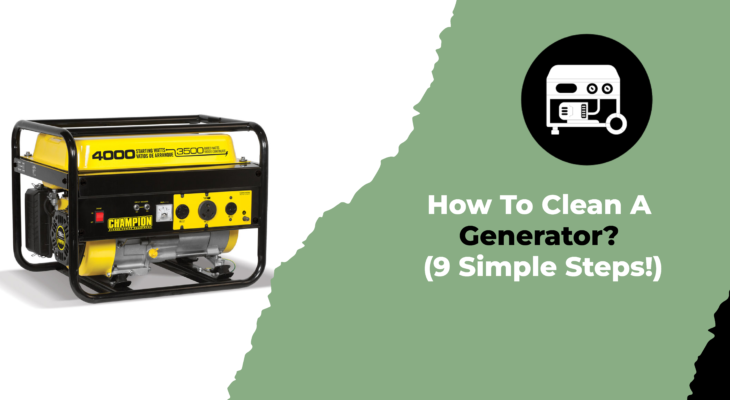For diesel and gas generator sets, cleaning is a crucial maintenance component. Cleaning increases the lifetime of electrical appliances. But the question is how to clean a generator. Cleaning a generator is not very challenging, but you must understand the whole procedure before cleaning.
Regular cleanings can maintain your generator in good working order. Since generators are made to withstand rough handling, maintaining yours increases its lifespan. As crucial as routine servicing is keeping your generator clean. The components may become clogged with dust and dirt, limiting how well they can operate.
When filling gas or oil apertures on a filthy generator, there is a chance that dust or other debris will drift in. The maintenance accuracy, quality, and service life of the generator parts are significantly influenced by the cleaning procedure and quality. To increase the cleaning quality, always use fuel cleaner for generators.
In this article, we’ll discuss how to clean a generator, and generator carburetor, use a garden hose for cleaning the generator, clean generator air filters, and many more. So, if you’re interested and want to learn everything in detail, let’s begin!
How To Clean A Generator?
Well, if you understand the steps we discussed below, you know how to properly clean and maintain a generator. So let’s go ahead!
Step #1. Examine the oil
Examining the oil in the generator before using any engine is essential. If you’ve just purchased a brand-new generator, schedule an oil change after 20 hours of operation. During the engine’s break-in period, assembly leftovers (including metal and grease bits) have been known to be loose. Unless the environment is exceptionally unclean, the oil needs to be changed every 100 hours of usage. Then, you ought to do so more frequently.
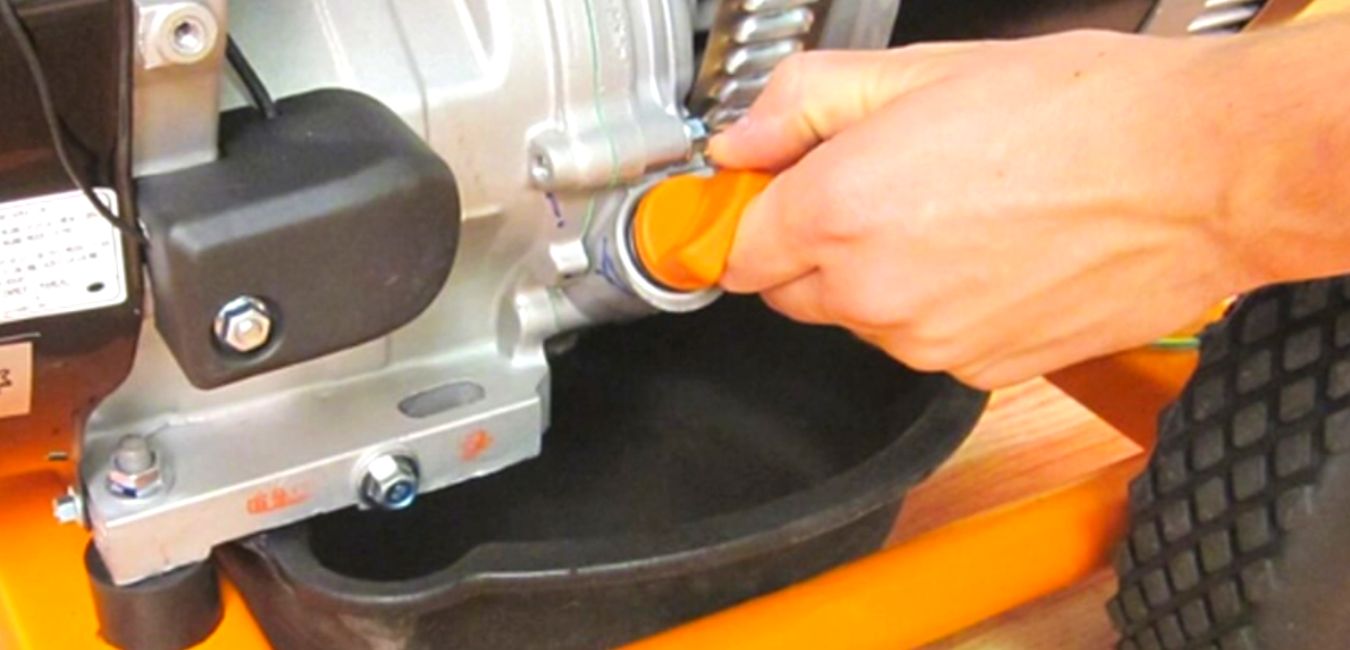
Step #2. Maintain clean and fresh gasoline
Store your fuel in only OSHA-approved containers. Receptacles should be kept in clean, dry places. Your engine’s components will be damaged by dirty gasoline that contains dirt or dust, and its shooting power will be decreased.
Put tags on the containers with the purchase dates to ensure your gasoline is fresh because old fuel might break down. If your generator would not start in an emergency, old gasoline that has turned rancid from a year ago will not assist you.
Step #3. Air filter cleaning
You need oxygen to breathe, and so does your generator engine. A clean air filter has to be maintained. After each usage, you should examine it, mainly if the environment is dusty. Additionally, it has to be cleaned when the oil is changed.
Step #4. Maintain cleaning
Clean your generator often. In addition to prolonging the lifespan of your generator, cleaning up dangerous filth and detritus also provides you an opportunity to notice any brewing maintenance concerns.
Clean the surface and use a non-flammable degreaser and bristle brush after using your air pump or compressors (packed air) to sweep off debris and dust. Make sure the cooling vents are clean of any dust.
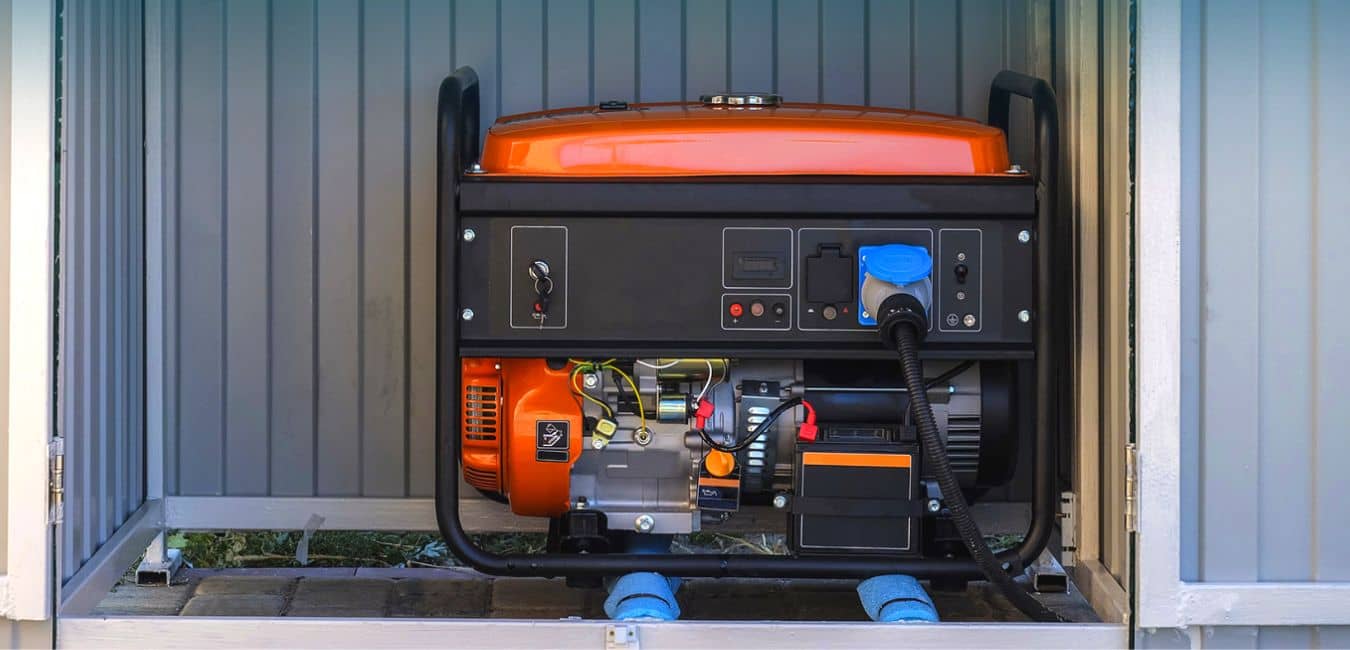
Step #5. Check for leaks
Check for grease or gasoline leaks from loosened parts after cleaning the generator’s exterior. Replace any components that need to be tightened or tightened.
All the generator parts must be adequately tightened. Unstable nuts and fasteners can cause neighboring components to shake out and be harmed. While cleaning, this is an excellent opportunity to adjust all!
Step #6. Keep the flame burning
To have your engine operating correctly, spark plugs are crucial. Filth, grease, and carbon residue accumulate on plugs over time. Thus, the spark cannot ignite. When changing the oil, the plugs need to be inspected and cleaned. Use a spark plug cleaning or wire brush. Replace the plug right away if you see any porcelain cracks.
Step #7. Clean up the strainer/filter
The gasoline tank’s fill port has a fuel strainer in it. This is designed to gather any dirt or particles that could be present in the fresh gasoline. If debris is present, make sure you take it out and clean it. Fill up and replace the petrol in your tank.
Step #8. Annual inspection
A yearly check of your generator is a brilliant idea. Inspect the components for damage or cracks. A gasoline line should be examined for fractures and replaced if necessary.
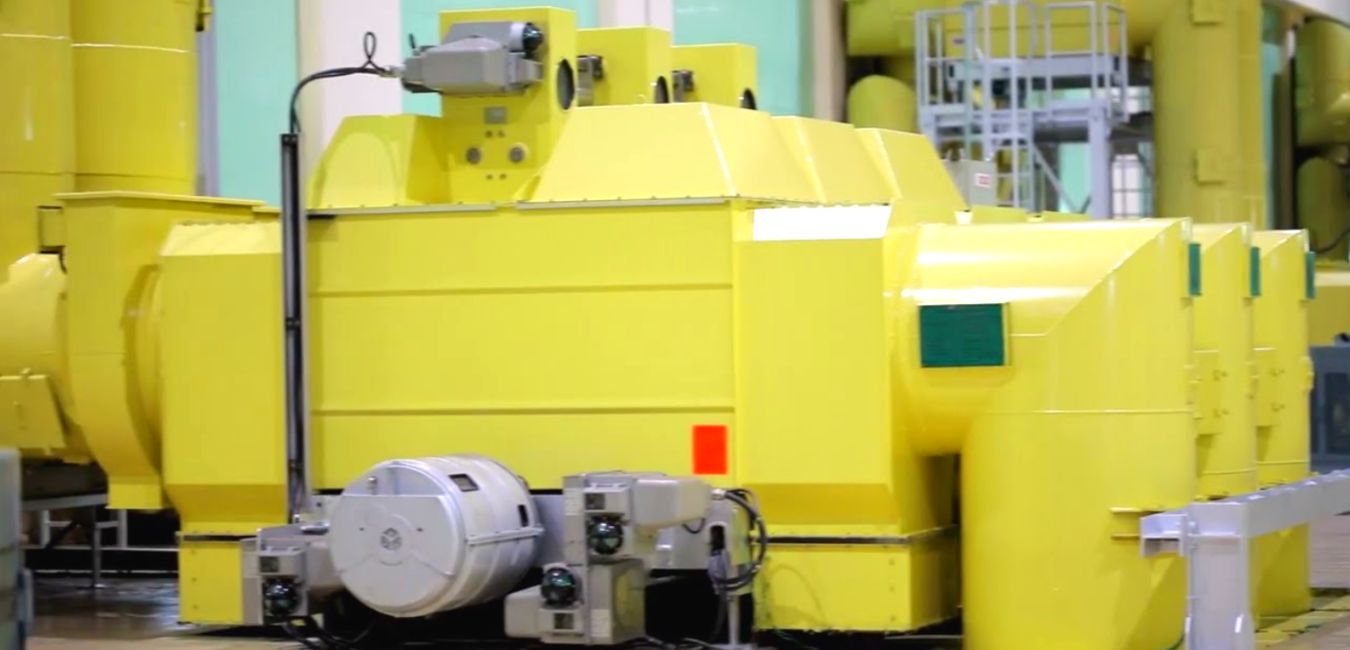
Step #9. Keeping your generator stored
You have kept your generator well-maintained and clean throughout a season of usage. It is now time to put it away until you are prepared to utilize it in the future. When you need it again, make sure it is ready.
How To A Clean Carburetor Without Removing It?
“Gumming-up” is a problem that frequently occurs with carburetors. An accumulation of a sludge-like material in the carburetor might result from using old gasoline and modern ethanol mixes. Just follow these simple steps to clean a carburetor without removing it:
Remove the carburetor bowl’s bottom bolt. From the carburetor body, unscrew the bowl. Be aware that the bowl can contain gasoline. To clean a filthy bowl, spray it with carb cleaner, scrub it with a wire brush, or use a hand towel.
By removing the pin shown in red, you may separate the plastic slack from the carburetor body. This pin needs to be free and straightforward to take out. Pull the slack from the carburetor once the plug has been taken out.
Remove the basic carburetor jet nozzle using a flat-head screwdriver. The main stem’s side may also house this nozzle. In the opening where the carb nozzle was removed, dispense carb cleaning. Into the carb chamber, carb cleaner should easily flow. Use a fine wire piece or syringe to remove dirt from the nozzle aperture.
The fuel input and intake port may be used in the same way. Carb cleaner should be poured into the two green-circled ports. Use a tiny wire or needle to remove debris and obstructions if the carb cleaner does not circulate through the ports.
Can I Use Garden Hose And Water To Wash My Generator?
Do you know for what purpose your generator is used? We all know that generators produce electricity for our appliances at home, offices, and construction sites. It is never a good idea to spray the water on the generator or inside it. Because the water enters the electrical components, gasoline, or fuel already in your generator and causes severe damage, it may also harm you.

Spraying the water causes the generator parts to rust, which will shorten the generator’s lifespan. So never use a garden hose and water to clean your generator; it’s hazardous! You can use the chemicals, sprays, and cleansers made for cleaning the generators.
How Do I Clean Generator Air Filter On My Generator?
It’s an effortless job to clean the generator air filters. You don’t have to spend money on cleaning it. You can do it at home by reading and understanding the manufacturer’s guidelines. Just follow the steps to learn how to clean the generator air filters:
Step #1. Switch off generator
So before doing anything, first make sure you have disconnected it from the main power. This will save you and your family from any electrical shock during the maintenance work. After that, relocate your generator to the open area.
Step #2. Find the air filter housing
Typically, air filters are kept in a closed plastic box in the generator’s air filter housing. This housing is next to the pull start lever on most open-frame models.
The service panel must be opened to enter the filter housing on inverter generators. The filter may be removed by unclipping the housing’s front panel.
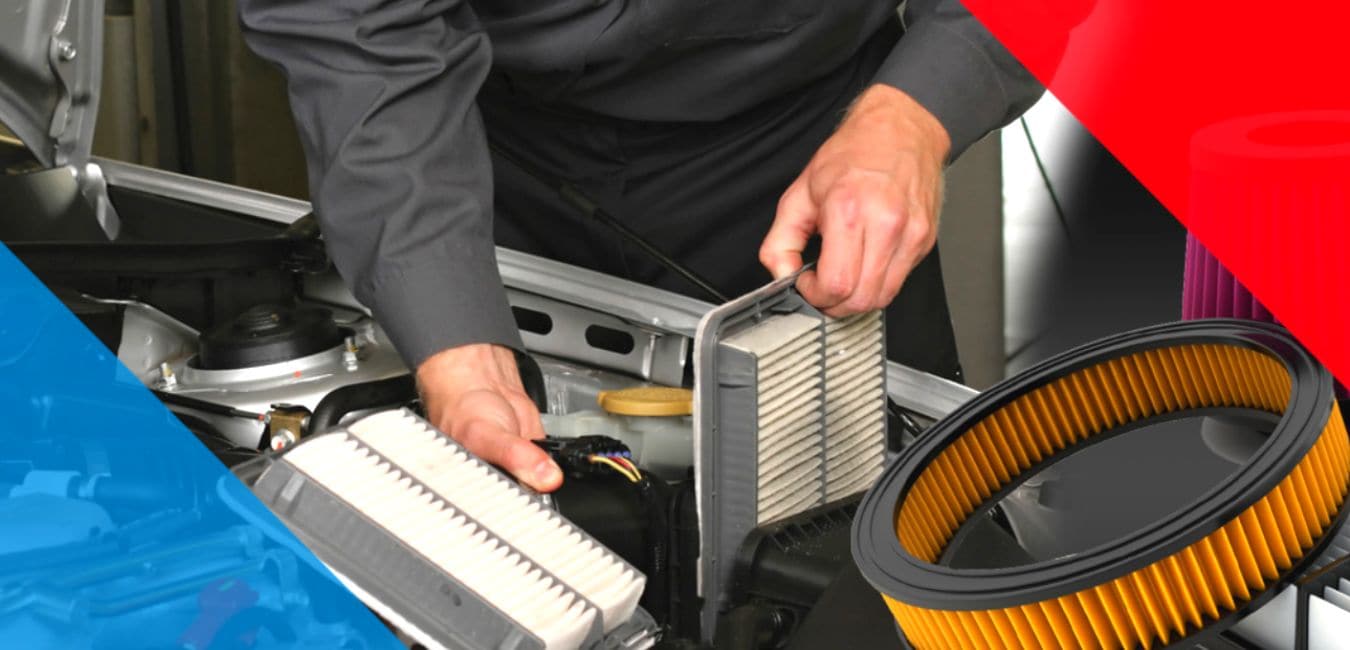
Step #3. Replace or clean the filter
To determine whether the foam filter is unclean, visually check it. If the dust cover is light, you may either blow the dust off of it or use a hoover to clean it.
If the filter appears to be highly soiled, you must wash it with liquid soap. After giving it a good wash, let it dry naturally in the sun.
Cleaning a filthy filter will restore its functionality. It is time to change the air filter if it appears old or if pieces of the cushion are coming off. Foam filters and portable generators are affordable goods. Here are a couple of foam filters for your perusal.
Step #4. Spray the filter with oil
Apply little motor oil to the side of the filter that faces the interior of the housing after it has reached the crisp-dry stage. Ensure the oil does not dribble off the filter and use a cotton pad or dish towel to remove the extra.
Reinstall the foam air filter into the housing in the proper position. Clips should be secured by closing the lid.
How To Clean A Generator – FAQs
Conclusion
Finally, we have given you in-depth details about how to clean a generator. Following these steps we have discussed above, you can easily clean your generator. It’s not suitable to wash the generator with water. So avoid using water while cleaning the generator, carburetor, or even air filters.


